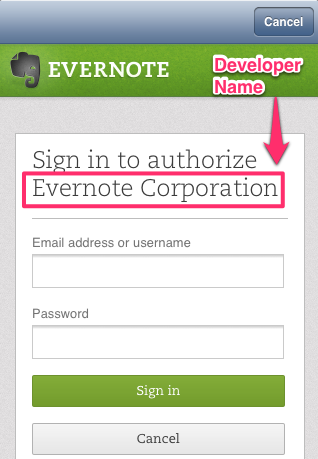

I don't think you are missing anything that I can see (again, at least on iOS and guessing Android too) - Evernote just hasn't implemented anything yet for it (if ever). Those two things and the fact that I've never seen a system-wide require passcode at the app level (there is one for when the phone itself goes to sleep though - but that's different) after XX minutes lead me to believe that it's up to the app developer to implement a "require after XX minutes". I'm guessing on Android - at the app level - it would be up to the developer to implement something as well. I'm not sure what the timeout limit is for that app. My banking app doesn't have a setting for it, but there is some kind of time allowance because if I switch back to that app after twenty seconds, it doesn't require my passcode (or FaceID) again for that app.

Another app that I have on my phone, DayOne, can do this. And most definitely I'll research how to put my old MacOS in a virtual machine.I know the question is about Android, but on iOS Evernote behaves the same currently: I can turn on the passcode (and also unlock with Face ID) or I can turn it off altogether, but there is no "require passcode after XX minutes" setting. Connect Evernote with Todoist via IFTTT, and automatically create Todoist tasks from Evernote notes and vice versa. Very very helpful!! OK, I'll try erasing the database first if that doesn't work, I'll try the reinstall. If you do not yet have an Evernote account, click the. Could not try it myself, but maybe you check on the internet how it works, and what restrictions may apply. If you have an existing Evernote account, enter your username and password, and your full name to log in. This means you do not need to stop updating just to protect an aging program. What I can not tell is whether all this will work with an old MacOS.īTW: AFAIK you can install now older versions of MacOS in a Virtual Machine inside of a current MacOS.

Do not install from the AppStore - use the direct install from the EN website. It finds all traces of any program, and by selecting all components you can really purge an installation. I use the app AppCleaner to do this on my Mac. If this is not enough, you can uninstall and reinstall the app. The described process will erase the (probably corrupted) local database, and rebuild it based on the data stored on the EN cloud server.


 0 kommentar(er)
0 kommentar(er)
